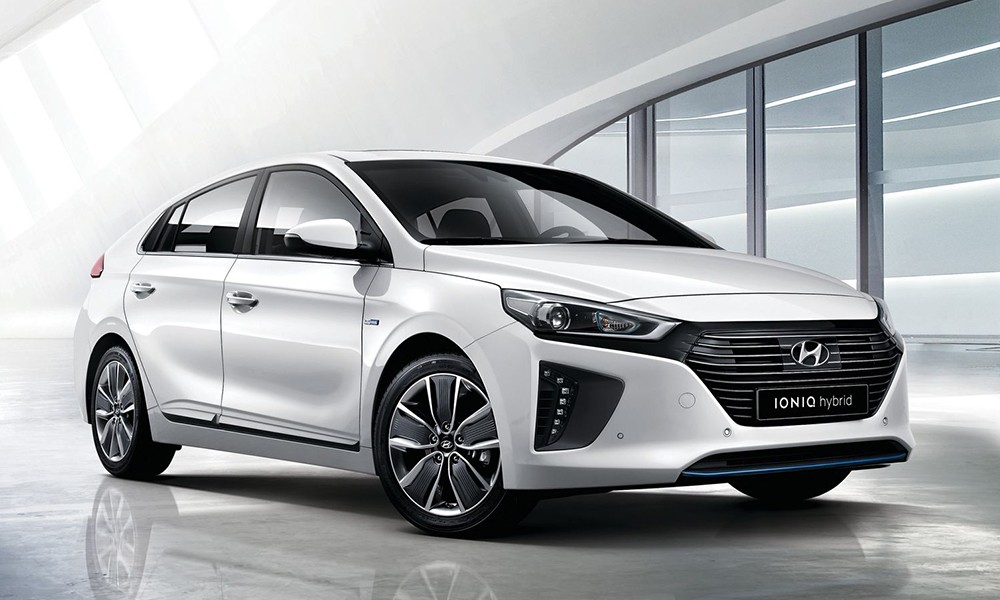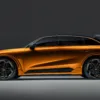Despite the fact that it is the first production car with a single body design and three different environmentally friendly drives (hybrid, plug-in hybrid and electric or EV-drive), the Hyundai Ioniq remained relatively unnoticed in Geneva (unjustifiably) compared to the innovations with classic drives. The Ioniq is the harbinger of new times at Hyundai, and it is not just a gauntlet thrown at the Toyota Prius, as it heralds the further development of hybrid and also electric drives of the Korean brand.
Hatchback Hyundai Ioniq it is the first car in the world with a single body and the option of choosing between three eco drives, namely electric drive, plug-in hybrid and gasoline-electric hybrid. All three types of vehicles are similar as an egg to an egg, there are some differences in the mask and they are different socket openings. It is a Prius competitor, but more restrained in design and with more "timeless" lines.
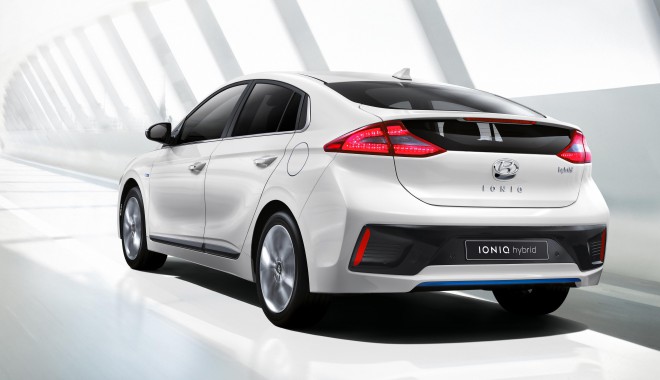
It offers all the necessary comfort for passengers and all modern technical devices (infotainment system, assistance systems, radar cruise control...) and could in Europe, where Hyundai somehow fails to make a breakthrough, just as Robbie Williams fails to make a breakthrough in America, garnered a lot of sympathy. It is not only environmentally friendly from the point of view of the drives, but they were also environmentally conscious when making the interior, as they stocked the Ioniq with environmentally friendly materials. He adds his own aerodynamics, but otherwise they used light materials. For example, the hood and rear doors are made of aluminum.
READ MORE: Kia Niro: Kia's hybrid crossover ready to conquer Europe
Hyundai Ioniq has three different drives, which also means three different characters. Like a hybrid is related to the crossbred Kia Niro, which we have already presented, they share a drive unit. So it drives him 1.6 GDI petrol engine, from which it squeezes 105 hp (77 kW). 32 kW it attaches an electric motor that is powered by a lithium-ion battery. System power is 141 hp, and the torque increases to a total of 265 Nm. The maximum speed of the vehicle is 185 km/h, but Hyundai boasts more than that with a 40% thermal efficiency gasoline engine, which is the result of elaborate cooling and 6-point direct fuel injection under a pressure of 200 bar. For power transmission, in contrast to the competition, which relies on a stepless CVT gearbox, they offered an opportunity dual-clutch 6-speed gearbox.
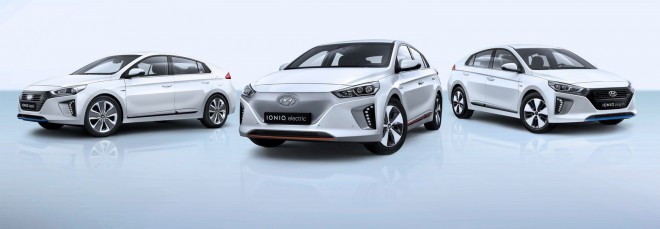
Let's move on to plug-in hybrid. This type of Ioniq comes with a larger battery and a 45 kilowatt electric motor. System power is 122 kW or 166 hp. On electricity alone, at speeds of up to 120 km/h, it transports more than 50 kilometers, and the battery can be charged up to three quarters at the fast charging station in less than 25 minutes. It has the same transmission as the classic hybrid.
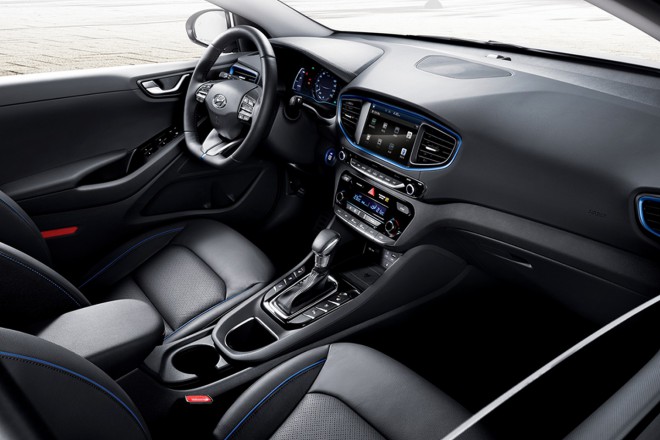
We still have some left EV version, which uses for power transmission single-speed gearbox. The power of the electric motor is 88 kW or 120 hp, and the torque is for 295 Nm. Its lithium-ion heart with 28 kWh provides somewhere up to 250 kilometers of autonomy per charge. Due to the battery, the luggage space of the electric Ioniq has shrunk slightly compared to other versions. Capable of speeds up to 165 km/h. And when will the Hyundai Ioniq be available in Slovenia? Already a hybrid August 2016, and the electric derivative should be delivered to us in September.
CVT
More information:
hyundai.si



